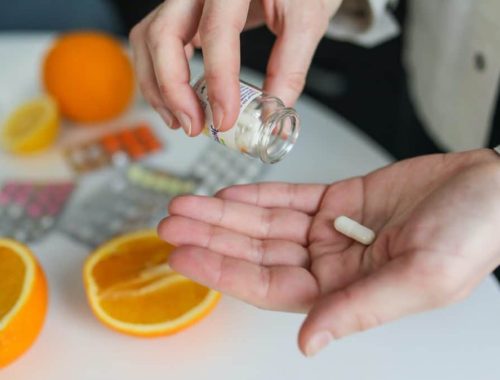A Deep Dive into the World of Aphrodisiacs and Sexual Stimulants
In the realm of aphrodisiacs and sexual stimulants, fascination blends with folklore and scientific inquiry, as humans have sought ways to enhance desire and pleasure since ancient times. Defined as substances believed to increase libido or sexual potency, aphrodisiacs span a spectrum from exotic herbs to culinary delights, each carrying tales of efficacy passed down through generations. Natural aphrodisiacs often derive their allure from cultural beliefs and historical anecdotes. Ginseng, revered in traditional Chinese medicine, is celebrated for its purported ability to boost energy and improve sexual function. Its reputation extends globally, influencing beliefs in its ability to enhance stamina and arousal. Similarly, maca root, native to the Andes, is prized for its alleged capacity to increase fertility and libido, with folklore attributing these properties to its nutrient-rich composition. Beyond roots and herbs, culinary aphrodisiacs tantalize with sensory appeal.
Chocolate, for instance, renowned for its decadent taste and mood-elevating properties, contains phenylethylamine—a chemical linked to feelings of excitement and attraction. The Aztecs considered chocolate a sacred elixir, believing it heightened desire and pleasure. Oysters, too, have garnered a reputation as a potent aphrodisiac, owing partly to their suggestive shape and high zinc content, which supports testosterone production—a key hormone for both sexes in enhancing libido. Modern science seeks to unravel the mysteries behind these traditional beliefs. Research on aphrodisiacs often explores their spanish fly pro aphrodisiac biochemical effects on the body. For example, studies suggest that saffron, a spice with a long history of use in Persian cultures, may influence serotonin levels, promoting feelings of well-being and potentially enhancing sexual desire. Meanwhile, the amino acid L-arginine, found in foods like nuts and seeds, is believed to improve circulation, which may indirectly benefit erectile function. Yet, the efficacy of aphrodisiacs remains a subject of debate. Cultural perceptions and placebo effects can influence perceived benefits, complicating scientific validation.
While some substances may have physiological effects that support sexual health, individual responses vary widely, emphasizing the complex interplay between biology, psychology, and cultural context. Ethical considerations also underscore discussions around aphrodisiacs. The commercialization of these substances raises questions about safety, consent, and informed consumer choice. Regulatory bodies often scrutinize claims made by manufacturers to ensure products are safe and substantiated by credible research. In exploring the world of aphrodisiacs, it becomes evident that their allure transcends mere physiological effects. They embody cultural narratives, culinary delights, and the enduring quest for enhanced intimacy and pleasure. Whether grounded in folklore or validated by science, aphrodisiacs continue to fascinate and provoke inquiry, offering a tantalizing glimpse into humanity’s perennial fascination with enhancing the most intimate aspects of life.
You May Also Like

Click here to get full details about male enhancement pills.
October 12, 2022
From Stress to Success: The Role of Male Enhancement Pills in Intimate Relationships
November 16, 2023